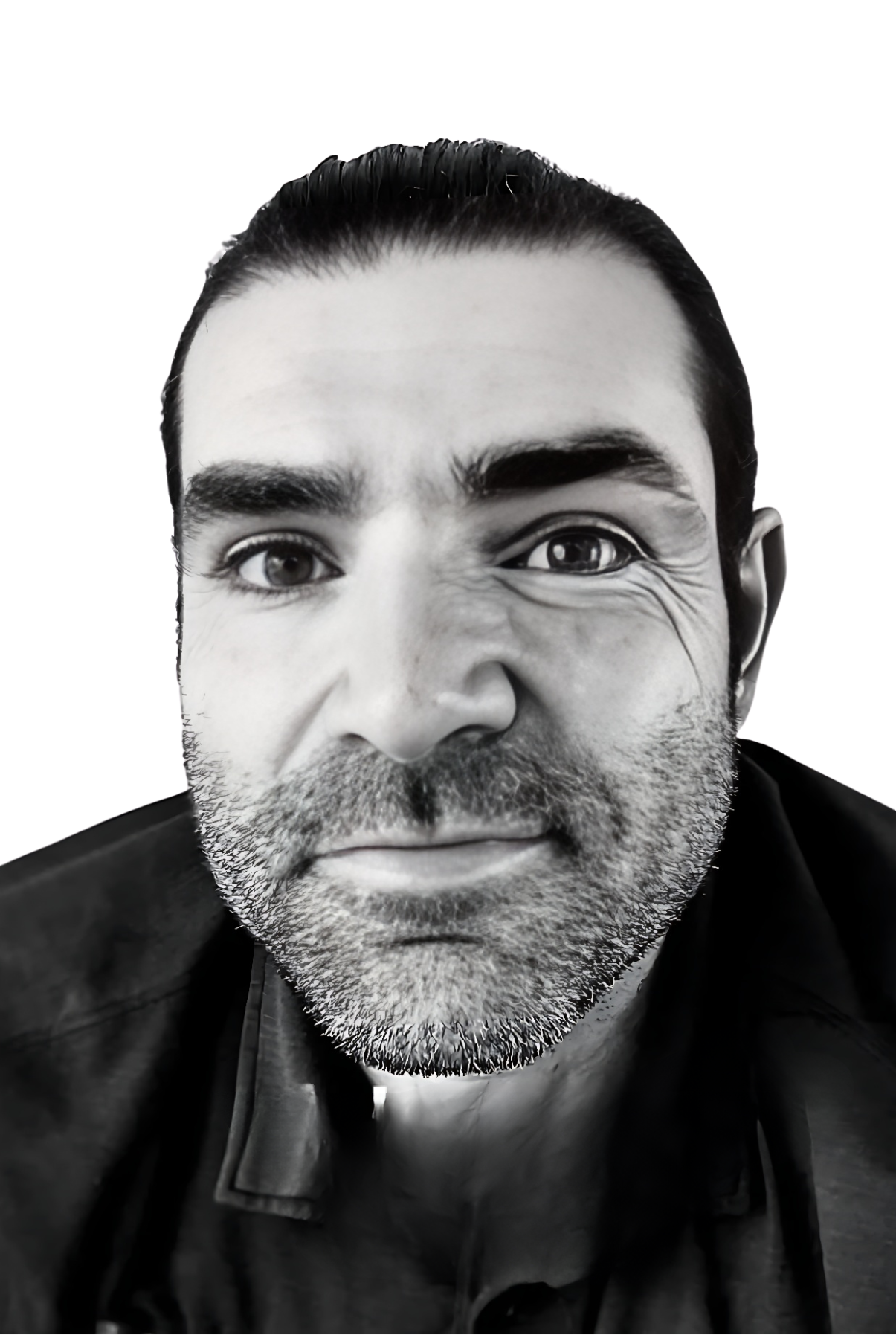
Meet Riccardo Galeotti: Guiding Therapists to Transformative Client Care - I founded The Body Lab with a clear mission: to address the real mechanics of movement that traditional approaches often overlook. Early in my career, I saw firsthand how conventional therapies can fall short, often focusing on surface-level symptoms rather than addressing the root causes of pain and dysfunction. It became clear that understanding the intricate mechanics of the body—especially how bones, joints, and muscles work together in motion—was key to providing lasting relief and empowering clients to take control of their health.
Why Work with Me? - With over 18 years immersed in biomechanics, movement science, and Chinese Medicine, I’ve developed a unique framework known as clinical functional biomechanics. My journey includes 10 years studying gait and biomechanics in depth, 4 years of direct mentorship under Gary Ward—the visionary behind Anatomy in Motion—and a decade of experience mentoring and instructing fellow therapists in AiM. This extensive training has enabled me to create a practical, real-world approach that goes beyond textbook theory and into tangible results for both therapists and clients.
What Therapists Gain from My Workshops - My workshops aren’t just about acquiring new techniques—they’re about shifting how you understand and approach client care. Expect to: Enhance Client Satisfaction: By addressing the root causes of movement dysfunction, you’ll offer clients real, lasting improvements rather than temporary fixes. Refine Your Assessment Techniques: Learn to analyse and interpret movement patterns in a way that brings deeper insights and clarity to your practice. Build Confidence in Delivering Results: With my guidance, you’ll gain the confidence to provide treatments that make a tangible difference, equipping clients to prevent recurring issues and sustain long-term health.
A Practical, Client-Centered Approach to Biomechanics - Through my training, you’ll gain hands-on skills to transform your practice, from assessing gait to correcting complex movement patterns. My workshops are designed with practicality in mind: we dive into real-world applications and avoid abstract concepts, making it easy to start applying what you learn immediately.
A Learning Experience that Lasts - Embracing a new framework like clinical functional biomechanics takes commitment, which is why I ensure you have support at every step. With resources available before, during, and after each workshop, my goal is to make sure you walk away not only with new skills but with the tools to implement them effectively in your practice.
If you’re ready to go beyond temporary solutions and help clients achieve lasting, meaningful change, join me at The Body Lab. Together, we’ll redefine what’s possible in client care, one insightful step at a time.



